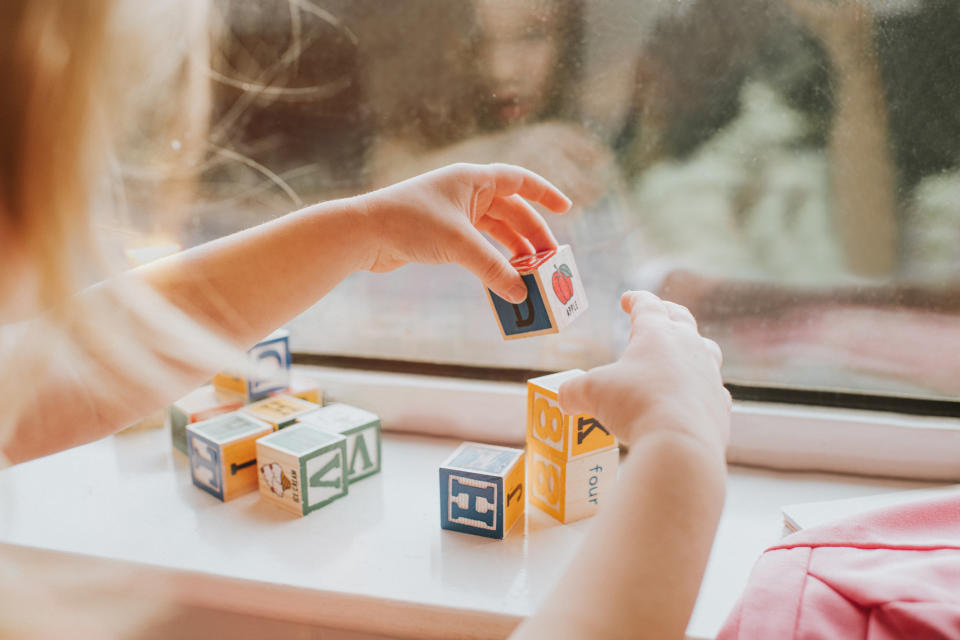Therapist shares TikTok video to show what reading is like with dyslexia – and challenges people to try it

A therapist has shared a video to TikTok showing what people with dyslexia may see when they try to read – and challenged others to give it a go.
Lindsay Fleming, a licensed therapist for children and teenagers, was herself diagnosed with dyslexia as a child.
She posted the clip to the video-sharing platform to highlight what trying to read can feel like for some people who have dyslexia, although she adds that the disorder varies from person to person.
“Have you ever wondered what it’s like for someone to read who is dyslexic in a classroom?” Fleming asks in the video.
Read more: Nigella Lawson feels 'twitchy' if she doesn't get six hours' reading time a day on weekend
“Well, I’m a licensed therapist and I have a challenge for you to find out what it’s like.”
She goes on to encourage viewers to try to read the passage of jumbled letters and words that appear above her in the clip.
The video shows the letters move and change, making many of the words appear indecipherable.
“That’s what it’s like,” she adds.
Read more: Holly Willoughby explains dyslexia is the main reason she makes This Morning mistakes
The therapist goes on to point out in the comments that those who suffer from dyslexia are “on a spectrum” and not everyone’s experience will be the same.
Fleming added that some people who suffer from dyslexia say their eyes skip over lines.
Since Fleming shared the informative clip, it has been viewed more than 68k times and received thousands of likes, with many users praising the therapist for helping them to understand more about dyslexia.
“Mostly I had to use context clues to figure out what was being written, it was tough for sure,” one TikTok user wrote.
“Thank you for sharing this and giving me a better understanding! It's important for people to see things from others perspectives,” another commented.
Watch: Dyslexic creates a harp with rainbow strings to help her play
People who suffer from dyslexia also added their thanks.
“As a dyslexic I love that this is being spread to help with awareness. I could never explain it correctly to people,” one person wrote.
“So glad you posted this,” another shared. “So frustrating when people think being dyslexic means you aren’t as intelligent, it’s just another way of seeing things.”
Read more: 10-year-old's powerful poem about dyslexia goes viral

What is dyslexia?
Dyslexia is a neurological difference, which can have a significant impact during education, in the workplace and in everyday life, according to the British Dyslexia Association (BDA) .
It is estimated that 10% of the population could be dyslexic, but despite being fairly common, dyslexia is still often poorly understood.
As Fleming pointed out in her TikTok video, dyslexia can range from mild to severe. It usually runs in families and is a lifelong condition.
The BDA points out that it is important to remember that there are positives to thinking differently. Many dyslexic people show strengths in areas such as reasoning, and in visual and creative fields.
Though each person with dyslexia will experience the condition in a different way, there are some common signs that can help to identify whether difficulties an individual is experiencing could be indicative of dyslexia.
The NHS has outlined some of the most common signs of dyslexia which are dependent on age and range from pre-school children right up to adults.
For more information on dyslexia visit the British Dyslexia Association or call 0333 405 4567 at the following times: Tuesday 10am to 1pm, Wednesday 10am to 1pm, Thursday 1pm to 3pm. You can also email us your enquiries to: helpline@bdadyslexia.org.uk



